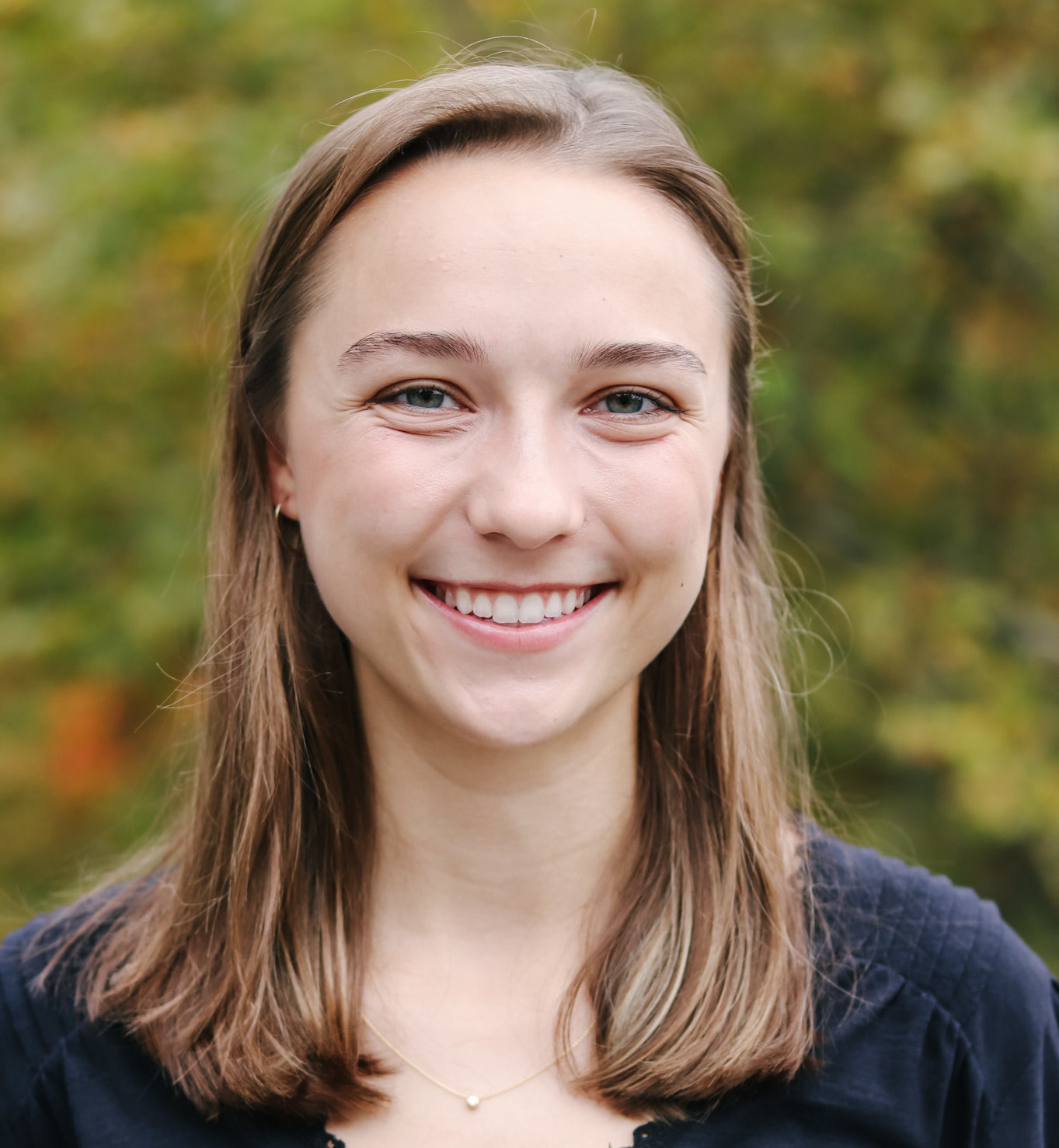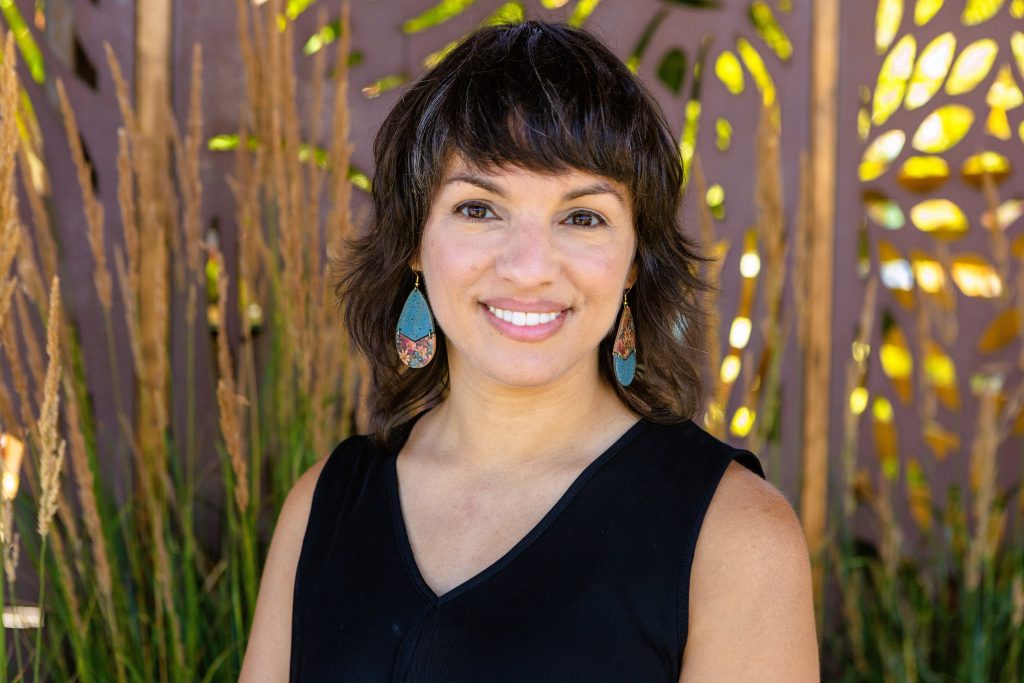My Personal Bridgebuilding: The Academic Study of Religion and Interfaith America
August 22, 2022

I am a graduate student in the study of religion, which means I love school. So, it is always to my dismay when May turns to June, and I am left to find ways to spend my next three-or-so months that does not include counting down the days until the library doors reopen in September.
However, having been in school for the past 18 years, and therefore enduring 18 long summers, I have learned of my need for structured and mentally stimulating work to pass the time. As a result, when I heard Interfaith America was hiring a summer intern, I jumped at the opportunity.
Now that the end of August approaches, and my ten weeks with Interfaith America are coming to a close, I am reflecting on the time I have spent with the organization and the ways in which it has informed my life as a student. I cannot help but notice, within these reflections, the important overlaps between what I thought were disparate paths.
For just a moment, I ask you to come along with me in my reflections.
When I decided to attend the University of Chicago Divinity School to begin my master’s degree in the fall of 2021, one of the reasons the institution appealed to me was because of its emphasis on the academic study of religion. I appreciated that I could attend to my interests about religion in a place that took the study of very seriously. I liked that although my colleagues and I studied religion, there was a secularity to the task that allowed us an analytical lens into our work.
For my master’s program, I am interested in biblical stories of women—Sarah, Rachel, Leah, Hannah, Ruth—and the concepts of (in)fertility, motherhood, rivalry, and womanhood in ancient Israel. As I learned more about feminist biblical criticism, I began to grasp that no matter how deeply I analyzed and investigated the stories of these women, I would never actually be able to say, ‘this was the true reality of the ancient Israelite woman,’ because the portrayals of women in the Bible are entrenched in androcentric values.
This was both a moment of clarity and frustration for me. I was happy to have insight into the construction of the biblical text and the values informing it; however, I was frustrated because I no longer knew what the point of my studies were if I was not unearthing an undiscovered truth of the past.
Dissatisfied, I closed my books and let myself transition into my upcoming summer work with Interfaith America.
I was welcomed into two teams within IA: the Magazine team and the Learning team. With the Magazine team, I edited pieces for publication and had the opportunity to write a few articles of my own, highlighting the Interfaith America Leadership Summit. And, with the Learning team, I helped collaborate with our partners ReligionAndPublicLife.org and Interfaith Philadelphia to put together IA’s Foundations of Interfaith Leadership curriculum and certificate program. I was immersed in exciting work and in awe of the expertise and passion my colleagues displayed.
While I was swept up in my work with Interfaith America, I also felt somewhat confused about how I came to be here. I wondered how I—someone who loves the academic nature of religion— was interning for an organization where religion is not understood as an entity separate from but is instead a constant and essential piece of every context of our world. My interest in a secular, academic endeavor, and my interest in the power of a pluralistic, American society felt particularly paradoxical.
But like the good graduate student I am, I decided to lean into the apparent dissonance and look for lines of continuity and overlap in a desire to make sense—and hopefully, meaning—out of my life path’s discord.
Interfaith America’s mission is to promote the power of religious diversity in America, and the articles with which I worked and the curriculum on which I collaborated illustrate the real-life implications of religion and pluralism in the United States. The stories I helped narrate illustrated how religious texts, ideas, and values manifest in a multitude of very impactful ways. I was reminded through this work that religion is personal and communal, rooted and dynamic, and that my academic studies must be understood as a part of those characteristics.
I began to realize that although I study the Hebrew Bible in its ancient context, I must also recognize the religious ideas that have grown out of that text and the resulting traditions and values that emerged as well.
Therefore, while I know the stories of the biblical women may not have been representative of real womanhood in ancient Israel, I also know that the impact their stories have on real women in America and in Judaism is of incredible importance for me as a student and as a Jewish woman in the United States today. I have learned that while the tales of the biblical matriarchs may remain veiled, their narratives give power to what it means to be a Jewish woman.
I started this process of reflection with the assumption that my work with Interfaith America would better inform my work as a student of the Hebrew Bible. And it has. But more so, my internship with Interfaith America has illuminated to me my value as a young, female, Jewish scholar of a beautiful and complicated work of religious literature. And for that I am grateful.
Share
Related Articles

Emma Sternberg
Emma is a graduate student at the University of Chicago Divinity School where she studies Jewish literature’s reception history of women’s stories in the Hebrew Bible. She is also the Editorial Assistant in the Divinity School’s Office of Communications and a peer mentor for incoming Divinity School students. Emma earned her bachelor’s degree from Trinity College in Hartford, Connecticut.



